 | 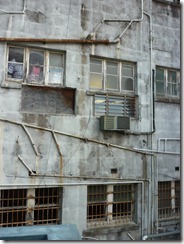 | |
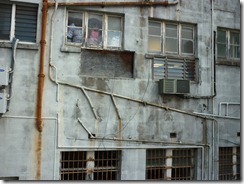 | 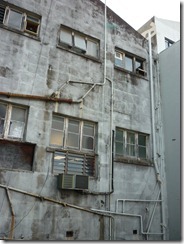 |
In Urbis Issue 59 there is a series of pages looking at installation works and art works with focus on the theme of the pencil. It’s a tool that creates works, that develops works, the most basic and most essential tool for a designer to have.
During October Auckland saw the ‘Sketch in Time’ campaign; “aimed at encouraging and reminding people to sketch”. I saw the stickers on the streets while doing site investigations for the Urban Art Gallery. Beyond the primary message of the campaign, I loved the interaction – intended and otherwise – with people, architecture and street artefacts.
 2 2 | |
 3 3 |  4 4 |
Photos 2-4 from http://asketchintime.tumblr.com
When art is presented in a public place there are implications for the space, for the art and for the viewers.
Works in an art gallery are oft times deemed to be art, purely because of the space that they are housed in.
In 1976 O’Doherty wrote; “An image comes to mind of a white, ideal space that, more than any single picture, may be the archetypal image of 20th-century art. And it clarifies itself through a process of historical inevitability usually attached to the art it contains. The ideal gallery subtracts from the artwork all cues that interfere with the fact that it is "art." The work is isolated from everything that would detract from its own evaluation of itself.”
A typical white walled gallery is perceived as having no context, so that the artworks can be experienced independently from their environment. But this is not the case. Sheikh revisits O’Doherty’s discussion of a gallery space being not just a neutral container, but an historical construct. “The ideal form of the white cube that modernism developed for the gallery space is inseparable from the artworks exhibited inside it. Indeed, the white cube not only conditions, but also overpowers the artworks themselves in its shift from placing content within a context to making the context itself the content.”
So what then when art works are not housed in an art gallery? In the Urban Art Gallery the environment is an enormous factor. The environment is indeed the causal being for the artworks. The environment provides context for the artworks.
'”When art is located outside the gallery, the parameters that define it are called into question and all sorts of new possibilities for thinking about the relationship between art and architecture are opened up". (Rendell, 2006, p. 4)
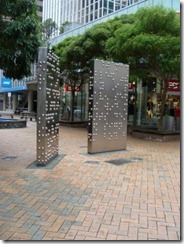 |  |
 |  |
In a public space art can adopt critical functions and be positioned in such a way that it is possible to question the terms of engagement of the project on the site.
“This type of public art practice is critically engaged; it works in relation to dominant ideologies yet at the same time questions them; and it explores the operations of particular disciplinary procedures – art and architecture – while also drawing attention to wider social and political problems. It might best be called critical spatial practice.” (Rendell, 2006, p. 4)
So artworks that are created for a specific site, or are placed in a site that has resonance with the aims of the work can change the level or type of engagement with the viewer.
 | 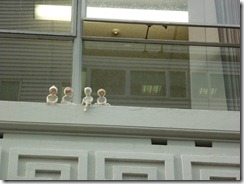 |
What about works that are just there? That have not been purpose built or specially placed for the best viewing position or best lighting? This is the Urban Gallery. The everyday artwork.
 | 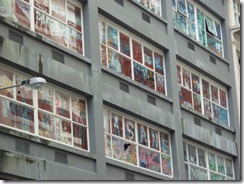 |
O'Doherty, B. (n.d.). Inside the White Cube : Notes on the Gallery Space. Retrieved December 3, 2010, from Society of Control: http://www.societyofcontrol.com/whitecube/insidewc.htm
Rendell, J. (2006). Art and architecture : a place between. New York: I.B. Tauris & Co Ltd.
Sheikh, S. (n.d.). Positively White Cube Revisited. Retrieved October 16, 2010, from Art Agenda: http://www.art-agenda.com/ideas/view/38
Perhaps art has become commercialised, that in order for an art work to be considered successful it needs to have a label. In the same way that a shirt produced by Versace will retail at a higher price compared to a similar shirt designed by a lesser known designer, a piece of art signed by Andy Warhol will be considered more valuable, than something created by an unknown art student for example. The aesthetic qualities of works are given less credence than the name of the artist.
This notion is addressed at RCA Secret; the annual Royal College of Arts exhibition and sale of original postcard sized art. A few days ago 2800 postcards were exhibited. The artist remained secret until the card was purchased and the signature on the back revealed.
The works were creations from established artists as well as students and graduates from the Royal College of Art. ‘Label’ level artists and designers included Jake Chapman, Olafur Eliasson, Paul Smith, Ron Arad, Tracey Emin and Yoko Ono.
Theoretically a purchaser should be looking for items that s/he likes, something that appeals, something that will enhance an existing collection perhaps. But in all likelihood, buyers were trying to identify a weird Jake Chapman style or a Ron Arad styled form, with the intent of snagging a bargain.
Kudos to RCA for listing all the artists, be they known artists or student artists, on one page, in alphabetical order on their web site.
There were piles of colourful postcards for selection. But this would be my selection (if I had 18 x £45 on hand!)
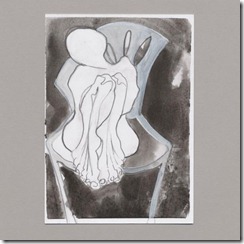 |  |
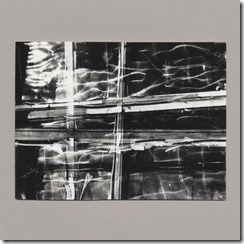 | 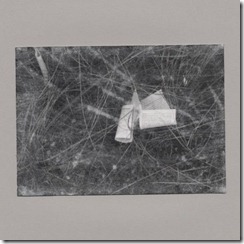 |
 | 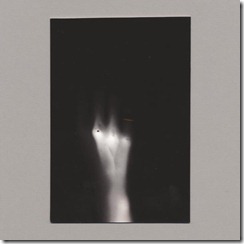 |
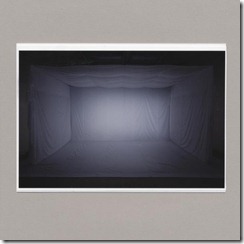 | 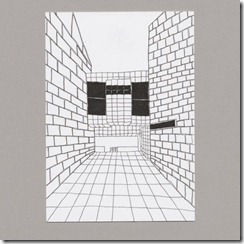 |
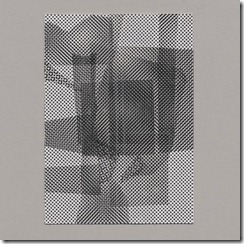 |  |
 | 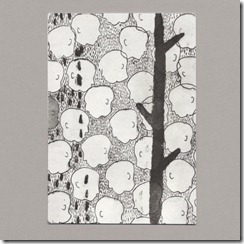 |
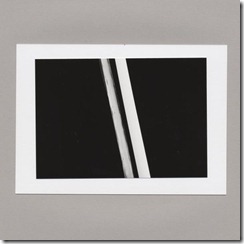 | 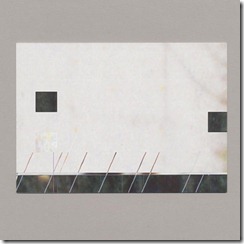 |
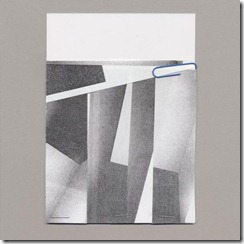 | 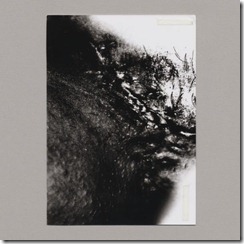 |
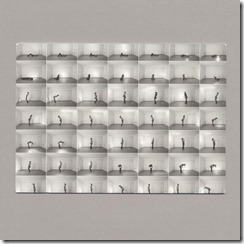 | 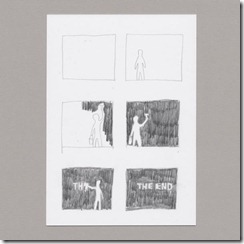 |
Kester (2004) describes art as a conversation. He proposes that contemporary artists provide a facility for dialogue amongst diverse communities.
Photo taken on 14Oct2010 on Mount Street
Photo taken on 22Oct2010 on Mount Street.
 | 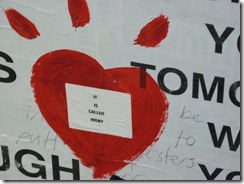 |
Kester, G. H. (2004). Conversation pieces : community and communication in modern art. Berkeley: University of California Press.
Diwali celebrations were held on Aotea Square, Auckland on 31October. Some orange decorative bits made their way to the end of Lorne Street to adorn this statue.
Three views in assessing the value of art (based on theory of philosopher Richard Wolheim)
Realist – aesthetic quality of absolute value independent of any human view
Objectivist – also an absolute value, but based on general human experience
Relativist – not an absolute value, but depends on and varies with human experience
Sculpture at Cable Bay Vineyard on Waiheke Island
Oddey, A., & White, C. (Eds.). (2006). The potentials of spaces : the theory and practice of sceneography & performance. p.54. Bristol, United Kingdom: Intellect Books.
This guy has been adorned with glass bottles on his fingers, cardboard ‘clothing’, an assortment of hats. But I think this is one of the most successful installations.